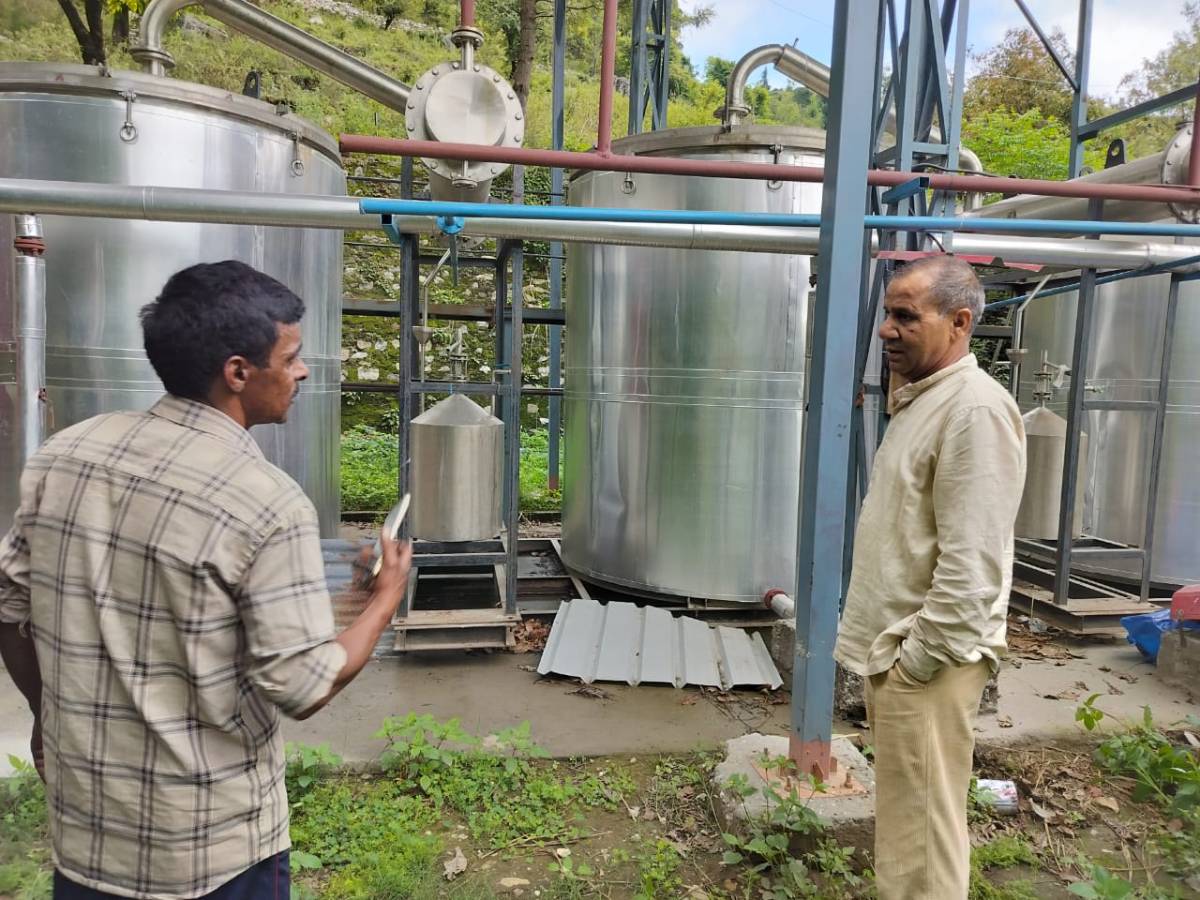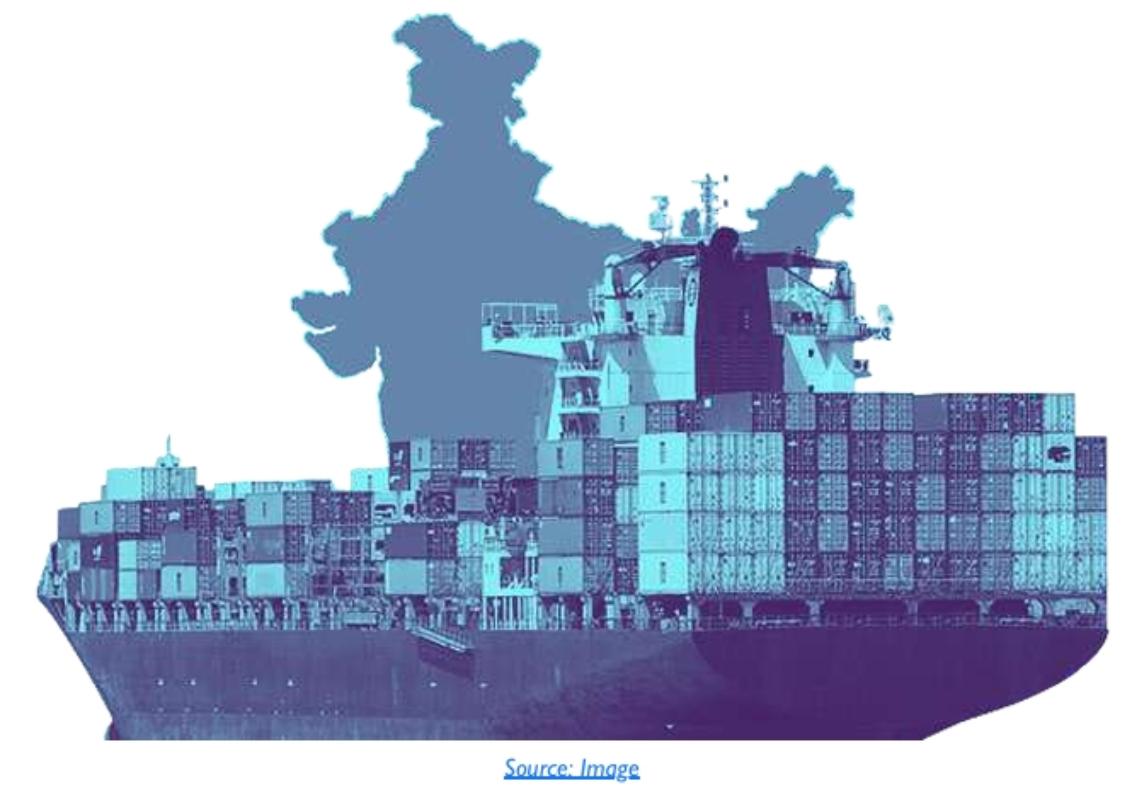The Micro Units Development and Refinance Agency (MUDRA), was registered as a non-banking financial company on 25th September 2014. It was a wholly-owned subsidiary of the Small Industries Development Bank of India (SIDBI) with an initial capital of Rs. 20,000 crore and a credit guarantee fund of Rs. 3,000 crore. MUDRA’s role was to enhance the flow of credit to micro and small enterprises and, as the name implied, to act as a regulator for microfinance institutions (MFIs). Within a few months, MUDRA’s regulatory role was dropped as the Reserve Bank of India did not favour dilution of its regulatory powers over MFIs, which had been drawn up in 2013 after the Malegam Committee Report.
Thus, in the budget of February 2015, the Finance Minister announced the Pradhan Mantri Mudra Yojana (PMMY). By 8 April, 2015, when Prime Minister Narendra Modi launched MUDRA, the original MUDRA was made part of a wider Pradhan Mantri Mudra Yojana (PMMY). But this essentially renamed all loans to non-farm micro-enterprises up to Rs 10 lakh by public and private sector banks, and other financial institutions. Under the PMMY, three categories of loans were to be given, based on the stage of development and funding needs of the micro enterprises:
- ‘Shishu’ (meaning infant), loans up to Rs. 50,000/- provided with no collateral, @1% rate of interest/month repayable over a period of 5 years
- Kishor (meaning child): loans above Rs.50,000/- and up to Rs. 5 lakh
- Tarun (meaning adolescent): loans above Rs. 5 lakh and up to Rs. 10 lakh
The refinance agency, MUDRA was to offer bulk loans (in the form of refinance) to banks and non-bank finance company (NBFC) MFIs. MUDRA has a corpus of Rs 10,000 crore allocated by RBI from priority sector lending shortfall. Till March 31, 2017, MUDRA disbursed Rs 12,833 crore in the three year 2015-18 period: Rs 1805 cr in 2015-16, Rs 3526 cr in 2016-17 and Rs 7502 cr in 2017-18. Of the amount disbursed about a third went to NBFCs and MFIs, which are mainly catering to microenterprises, while the bulk went to commercial banks and regional rural banks which are already flush with cash and do not need any refinance. How minor the additionality of the MUDRA agency is, can be bank financing under PMMY scheme.
Yet, to take full credit for the work that banks were any way doing in normal course, MUDRA the refinancing agency was authorised to monitor all PMMY lending activity and aggregate data on its web-portal https://www.mudra.org.in/. The Annual Report of MUDRA agency talks mainly about all the work by done by banks, to which it has contributed less than 3% of the total lending by banks as part of their normal lending. All these loans under Rs 10 lakh were branded as PMMY. By using the word “Mudra” in both the agency announced by the NDA government and the renaming of existing lending as PMMY, all such lending is counted as Mudra loans. These loans existed before 2014 (indeed since 1971 after bank nationalization) and will continue after 2019. This lending has been an on-going activity by banks and has nothing to do with the MUDRA agency.
There are three problems with Mudra Yojana
- There is no additionality – it is mere renaming of small non-agricultural loans financed by banks in normal course.
- Mudra loans are flawed as a financial product – term loans instead of cash credit.
- Mudra loans are too small to generate significant incremental income, leave alone additional employment
Let us deal with these one by one.
Lack of additionality
There is no additionality in credit due to MUDRA – it is mere renaming of small non-agricultural loans financed by banks in normal course. Let us see the data:
Pradhan Mantri Mudra Yojana (PMMY) – Achievements from Apr 2015 to Jan 2019
| Particulars | Units | 2015-16 | 2016-17 | 2017-18 | 2018-19 (till Jan 2019) |
| Mudra Loans sanctioned | (nos in crore) | 3.48 | 3.97 | 4.81 | 3.34 |
| Mudra Loan amount sanctioned | (Rs cr) | 137,449 | 180,528 | 253,677 | 180,710 |
| Of this refinanced by MUDRA | (Rs cr) | 3,291 | 3,525 | 7,798 | NA |
| Percent refinanced by MUDRA | % | 2.4% | 1.9% | 3.0% | NA |
| Total bank loans below Rs 10 lakh | (Rs cr) | 15,99,146 | 17,61,667 | 20,07,821 | |
| MUDRA loan amount as % of total bank loan amt < Rs 10 lakh | 8.5% | 10.2% | 12.6% |
To get a closer look at the operation of the PMMY, let us review the data for the current year, which gives break up by loan size category as well by type of borrowers.
Pradhan Mantri Mudra Yojana (PMMY) – Achievements from Apr 2018 to 25 Jan 2019
| Loan Type | No. of Accounts | No. of Accounts (as % of total) | Sanctioned Amount (Rs. Cr) | Sanctioned Amount (as % of total) | Average loan size Rs. |
| Shishu | 2,97,66,774 | 89.0% | 83,379 | 46.1% | 28,074 |
| Kishore | 31,18,348 | 9.3% | 56,685 | 31.4% | 181,799 |
| Tarun | 5,34,636 | 1.6% | 40,647 | 22.5% | 760,274 |
| Total | 3,34,19,758 | 100.0% | 1,80,710 | 100.0% | 54,072 |
Total No. of borrowers – 334.19 Lakh; Women borrowers – 233.51 Lakh (70%); SC/ST/OBC borrowers – 176.67 Lakh (53%); New Entrepreneurs – 77.49 Lakh (23%)
Source: https://financialservices.gov.in/dfs-major-achievements
Computation for % distribution of loan size and amount and average loan size by RGICS
Despite the impression created, loans counted as PMMY by the NDA government disbursed by commercial banks do not show any marked increase after the implementation of Mudra scheme. RBI data (for loans below 10 lakh, excluding personal and agricultural loans) shows that compounded average credit growth was 7.9% in the post-MUDRA 2016-18 three year period as against 6.6% pa in the pre-Mudra three year 2013-15 period
| Year ending 31st Mar | For loans of Rs. 25,000 and Less, | For loans above Rs. 25,000 and up to Rs. 2 Lakh | For loans above Rs. 2 Lakh and up to Rs. 5 Lakh | For loans above Rs. 5 Lakh and up to Rs. 10 Lakh | Total loan amount in Rs. Crore |
| Amount outstanding in Rs. Crore | |||||
| 2013 | 73,683 | 4,41,150 | 4,29,956 | 2,40,701 | 11,85,489 |
| 2014 | 37,166 | 4,89,525 | 4,75,832 | 2,82,642 | 12,85,166 |
| 2015 | 35,995 | 5,31,504 | 5,32,215 | 3,36,272 | 14,35,986 |
| 2013-15 | Pre-MUDRA | 39,06,641 | |||
| 2016 | 45,884 | 5,74,849 | 5,796,23 | 39,87,907 | 15,991,46 |
| 2017 | 41,294 | 6,17,332 | 6,31,800 | 47,12,406 | 17,616,67 |
| 2018 | 43,984 | 6,86,322 | 6,98,796 | 57,87,188 | 20,078,21 |
| 2016-18 | Post-MUDRA | 53,686,34 | |||
As IIM Ahmedabad Prof Abhishek Mishra wrote1: “Despite PMMY rules, there is no discernible change in lending patterns. Banks have basically converted regular lending schemes into Mudra loans and the profile of borrowers remains largely the same in pre and post Mudra period. The government has presented economic data in inventive ways, controversies around GDP estimation and employment data are testimony of this. PMMY/Mudra is an example where the name Mudra is used to denote all loans from across a range of government and private financial institutions even when not financed and provided for by the government. It’s a classic case of recategorisation, rebranding
and inventive renaming…PMMY in reality is merely the repackaging and rebranding of continuing lending activities of existing financial institutions. Loans given out in normal course of business are now collated, counted and reported as ‘Mudra’ loans.”
Flawed Financial Product
Mudra loans are flawed as a financial product – these are structured as term loans with a tenor of three years, with periodic repayments of principal and interest, whereas 90% or more of the amount is used for working capital, which is needed as long as the microenterprise runs. If the loan is repaid, the unit will not have working capital. These loans should have been offered as cash credit overdraft limits. That would also have reduced the interest burden on the borrowers.
To understand this better, let us take a typical Shishu loan, where the average loan size has been Rs 28,000. The microenterprise is likely to be in trading (such as a Kirana shop, or a street vendor), or in repairs (two-wheelers, mobile phones, consumer durables) or in services like tea-shops, ready-to-eat snack shops, tailors, barbers, cobblers, etc. Of the Rs 28,000 loan, the micro-entrepreneur will normally invest a large part, at least Rs 20,000 in working capital to buy supplies of raw material or goods to be sold, paying wages and paying for rent and electricity. Investment in fixed assets, if any, may go into wooden shelves and weighing scale for a Kirana shop; a gas cylinder, cook stove and utensils in case of a tea and snacks shop; and basic equipment and tools in case of a repair shop.
Now, with a Mudra loan, this microenterprise has to make a periodic (monthly or quarterly) payment of a principal instalment and interest. For a loan of Rs 28,000 repayable monthly over 36 months, that could be as much as Rs 1200 per month. As we know, a vast majority of loans go into trading activities, and if we assume that the sales turnover was four times of the loan amount, it would be Rs 1.12 lakh. Even if assume 20% margin, on the higher side, the gross income will be Rs 22,400 in the year. The net income from the microenterprise is unlikely to be more than Rs 2000 per month, which means the monthly instalment is 60% of the incremental income, leaving behind a mere Rs 800 per month. microenterprise is unlikely to be more than Rs 2000 per month, which means the monthly instalment is 60% of the incremental income, leaving behind a mere Rs 800 per month.
This is bound to be drawn out by the micro-entrepreneur to meet household needs. On the other hand, if the micro-entrepreneur does not draw out the money, Rs 800 per month is barely enough to replenish the loan capital in 36 months. As happens in many cases, there is an adverse event like illness in the family, or a theft in the shop, or a client does not repay goods/services rendered on credit, there is no cushion to maintain the instalment repayment and this leads to the loan becoming an NPA. Catching up on older instalments becomes tougher. As we are only in the build-up phase of Mudra loans, the NPAs have so far remained low, reported in the range of 4-5%, but this will significantly increase as the larger number of loans given in the second and third year become due.
Not enough additional income, and no additional employment
In a speech on May 25, 2017, BJP President Mr Amit Shah claimed “We have tried to create self-employment opportunities for about 8 crore people.”2 In a similar vein, in a speech on October 24, 2018, the Prime Minister Mr Modi said “Around 14 crore loans were disbursed across the country under this (Mudra) scheme… In the last four years, loans worth Rs 7 lakh crore were disbursed under this scheme…Out of all those who took loans under Mudra, over 3.5 crore youth were first-time entrepreneurs, as they have chosen the path of self-employment for the first time. Today, there exist unprecedented employment as well as entrepreneurial opportunities in the country.” 3
These claims are highly questionable. The average size of loans disbursed under Mudra Yojana even in 2018-19 is merely Rs 54,072 and the largest proportion of loans, 89% of total are the Shishu loans, which had an average loan size just Rs 28,074 in 2018-19. This amount could not be considered enough to start up a micro-enterprise that could even self-employ a person, leave alone provide jobs to others. As we know, a vast majority of loans go into trading activities, and if we assume that the sales turnover was four times of the loan amount, it would be Rs 1.12 lakh. Even if assume 20% margin, on the higher side, the gross income will be Rs 22,400 in the year which much lower than the average per capita income of Indians – Rs 1.11 lakh for 2017-18, as per Central Statistics Organisation (CSO). The only Mudra loans which could have generated significant additional income are Kishore loans and which could have generated both significant additional income as well as employment are Tarun loans. But the number of Kishore loans was a mere 9.3% and the number of Tarun loans was a mere 1.6 per cent in 2018-19. So on every count MUDRA the agency and Mudra – the PMMY scheme – have turned out to make little difference. To quote Shakespeare: “It is a tale told by an idiot, full of sound and fury, signifying nothing.”
Endnotes
1 https://thewire.in/banking/mudra-scheme-refinancing-credit-growth-narendra-modi
2 https://www.hindustantimes.com/india-news/not-possible-to-provide-jobs-to-all-so-we-promote-self-employment-amit-shah/story-z1XMRYTdwOkBseTzjyrMIL.html
Image by Rajesh Balouria from Pixabay








